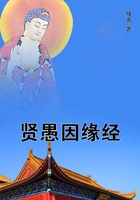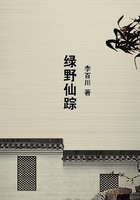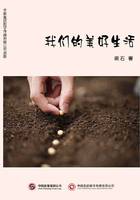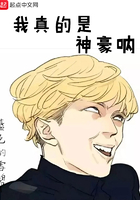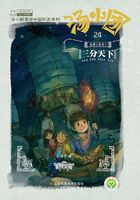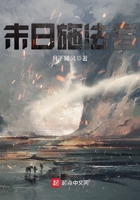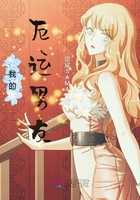The most memorable example of what has been advanced is afforded by a great pestilence of the fourteenth century, which desolated Asia, Europe, and Africa, and of which the people yet preserve the remembrance in gloomy traditions.It was an oriental plague, marked by inflammatory boils and tumours of the glands, such as break out in no other febrile disease.On account of these inflammatory boils, and from the black spots, indicatory of a putrid decomposition, which appeared upon the skin, it was called in Germany and in the northern kingdoms of Europe the Black Death, and in Italy, la mortalega grande, the Great Mortality.
Few testimonies are presented to us respecting its symptoms and its course, yet these are sufficient to throw light upon the form of the malady, and they are worthy of credence, from their coincidence with the signs of the same disease in modern times.
The imperial writer, Kantakusenos, whose own son, Andronikus, died of this plague in Constantinople, notices great imposthumes of the thighs and arms of those affected, which, when opened, afforded relief by the discharge of an offensive matter.Buboes, which are the infallible signs of the oriental plague, are thus plainly indicated, for he makes separate mention of smaller boils on the arms and in the face, as also in other parts of the body, and clearly distinguishes these from the blisters, which are no less produced by plague in all its forms.In many cases, black spots broke out all over the body, either single, or united and confluent.
These symptoms were not all found in every case.In many, one alone was sufficient to cause death, while some patients recovered, contrary to expectation, though afflicted with all.
Symptoms of cephalic affection were frequent; many patients became stupefied and fell into a deep sleep, losing also their speech from palsy of the tongue; others remained sleepless and without rest.The fauces and tongue were black, and as if suffused with blood; no beverage could assuage their burning thirst, so that their sufferings continued without alleviation until terminated by death, which many in their despair accelerated with their own hands.Contagion was evident, for attendants caught the disease of their relations and friends, and many houses in the capital were bereft even of their last inhabitant.Thus far the ordinary circumstances only of the oriental plague occurred.Still deeper sufferings, however, were connected with this pestilence, such as have not been felt at other times; the organs of respiration were seized with a putrid inflammation; a violent pain in the chest attacked the patient; blood was expectorated, and the breath diffused a pestiferous odour.
In the West, the following were the predominating symptoms on the eruption of this disease.An ardent fever, accompanied by an evacuation of blood, proved fatal in the first three days.It appears that buboes and inflammatory boils did not at first come out at all, but that the disease, in the form of carbuncular (anthrax-artigen) affection of the lungs, effected the destruction of life before the other symptoms were developed.
Thus did the plague rage in Avignon for six or eight weeks, and the pestilential breath of the sick, who expectorated blood, caused a terrible contagion far and near; for even the vicinity of those who had fallen ill of plague was certain death; so that parents abandoned their infected children, and all the ties of kindred were dissolved.After this period, buboes in the axilla and in the groin, and inflammatory boils all over the body, made their appearance; but it was not until seven months afterwards that some patients recovered with matured buboes, as in the ordinary milder form of plague.
Such is the report of the courageous Guy de Chauliac, who vindicated the honour of medicine, by bidding defiance to danger;boldly and constantly assisting the affected, and disdaining the excuse of his colleagues, who held the Arabian notion, that medical aid was unavailing, and that the contagion justified flight.He saw the plague twice in Avignon, first in the year 1348, from January to August, and then twelve years later, in the autumn, when it returned from Germany, and for nine months spread general distress and terror.The first time it raged chiefly among the poor, but in the year 1360, more among the higher classes.It now also destroyed a great many children, whom it had formerly spared, and but few women.
The like was seen in Egypt.Here also inflammation of the lungs was predominant, and destroyed quickly and infallibly, with burning heat and expectoration of blood.Here too the breath of the sick spread a deadly contagion, and human aid was as vain as it was destructive to those who approached the infected.
Boccacio, who was an eye-witness of its incredible fatality in Florence, the seat of the revival of science, gives a more lively description of the attack of the disease than his non-medical contemporaries.
It commenced here, not as in the East, with bleeding at the nose, a sure sign of inevitable death; but there took place at the beginning, both in men and women, tumours in the groin and in the axilla, varying in circumference up to the size of an apple or an egg, and called by the people, pest-boils (gavoccioli).Then there appeared similar tumours indiscriminately over all parts of the body, and black or blue spots came out on the arms or thighs, or on other parts, either single and large, or small and thickly studded.These spots proved equally fatal with the pest-boils, which had been from the first regarded as a sure sign of death.

